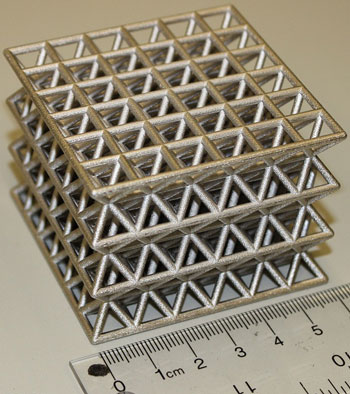
This story is part of a three-part series on the University of Toronto’s Institute for Aerospace Studies, produced by U of T Engineering News and written by Tyler Irving.
Two U of T Engineering professors are developing innovations in airplane design that could save hundreds of millions of liters of jet fuel everyday and significantly reduce the environmental impact of flying. Professor Craig Steeves (who is on the steering committee for TIAM) and Professor Philippe Lavoie are developing new lightweight materials and optimizing the flow of air over the wings and tail fins.
“New techniques like 3D printing or automated fibre placement are enabling us to manufacture structures that are much more complicated than anything we could build in the past,” says Steeves. “This enables us to design structures with unprecedented capabilities.”
To read the rest of the article, please visit U of T Engineering News.
